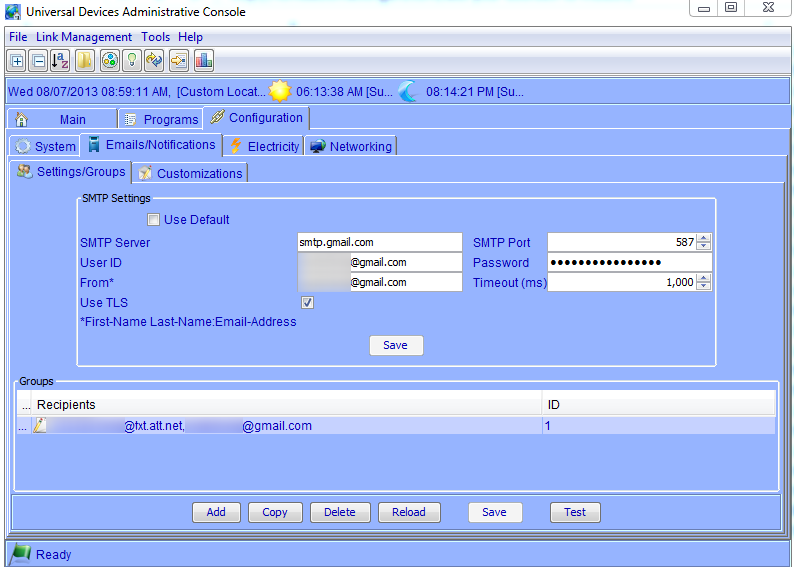As I’ve mentioned, Insteon is a powerful do-it-yourself type home automation system that trumps other options in many key areas. There are a couple of key features that are worth pointing out before diving into your own projects, so let’s take a look at why Insteon is such a great technology:
- No Additional Wiring. This is a big one for the vast majority of homeowners out there. Your existing electrical infrastructure likely does not need to be changed at all to implement Insteon. There is no need to run new wires anywhere – you simply replace existing switches and all the devices communicate with each other over the existing lines. And if you truly don’t want to replace any switches at all, you can use modules that simply plug into existing outlets.
- Mesh Network. The Insteon network in your home builds a “mesh network” where each device communicates with one or more other devices. The more you add to the system, the stronger it becomes. So if you want to turn off a light on one side of the house when a switch is pressed on the other, those devices might not communicate directly. The signal might go to an intermediate switch, where it is relayed until the target device is reached. See the animation at Insteon.com for an example of how this works.
- Dual Band. In addition to sending signals to other devices over the existing power lines in your home, some devices are Dual Band, which means they not only communicate over the power lines, but they also can communicate wirelessly with other devices. So, for example, you may have a battery-operated motion sensor on your driveway, and you want it to turn on the kitchen light when motion is detected. In this case, the motion sensor would send a wireless signal to the nearest switch, and that switch would in turn send a signal over the power lines to the kitchen light.
- Secure. Because signals on power lines can potentially be shared between homes, X-10 systems require house codes to prevent your neighbor from turning on one of your lights. Insteon solves this problem by using one of 16 million addresses for each device and encoding messages on the network.
- Powerful scene-based setup. As you get accustomed to the power of home automation, you’ll come to realize that there is no longer a one-to-one correlation between switches and lights. Any switch can operate any light in your home, and any switch can operate multiple devices through scenes, complete with different dim levels for each device. For example, you could have a “home” switch that turns on several lights, and adjusts the thermostat at the same time, or an “away” switch that shuts everything down from one place.


